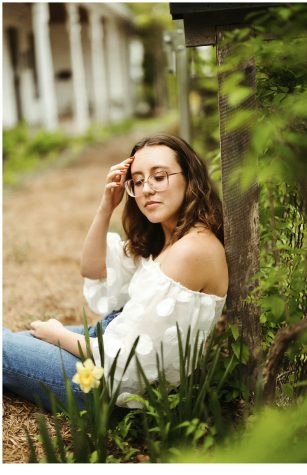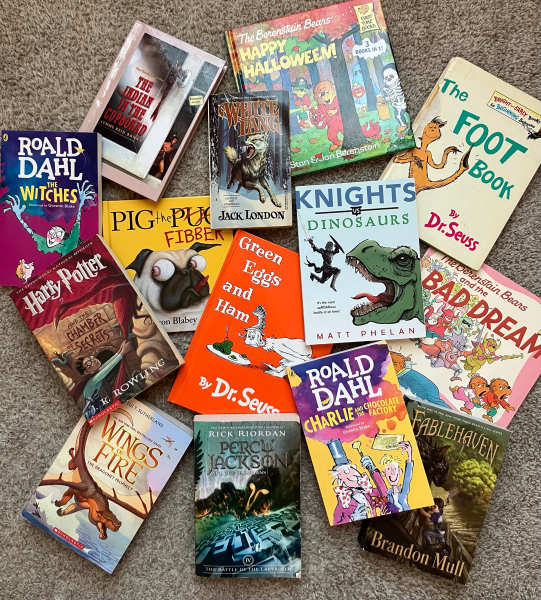Actions Speak Louder
An American Sign Language class feature
Sophomore Vallerie Miller watches her screen as the teacher types instructions. Because the students aren’t yet fluent in ASL, Ms. Rebecca, the ASL teacher, writes what she has to say.
Boerne ISD students were given the opportunity this year to take a newly-offered language class, American Sign Language (ASL); students who are enrolled in ASL learn a new language, immerse themselves in a new culture, and gain benefits in everyday life.
The computer lab by the library was once an extra computer lab, but now hosts the American Sign Language class. The class is conducted through a video call from virtual instructor Ms. Rebecca Funk, or—as her students call her—Ms. Rebecca, since first names are used in sign language.
“I love ASL,” said Ms. Rebecca. “I think ASL is an important visual language. I also want students to discover ASL.”
Ms. Rebecca went deaf at just a few days old; ASL is her first language.
“I grew up with both worlds—hearing and Deaf worlds,” said Ms. Rebecca. Ms. Rebecca is mostly Deaf and uses ASL to communicate, but can hear a small amount. “I learned how to live in both worlds. Hearing culture and Deaf culture are two very different cultures. English is my second language and is, and always will be, a lifelong learning process.”
To teach, Ms. Rebecca gestures, types on a screen, and signs; her class signs along with her. For most of the period the only English spoken are questions to other students or to the teaching assistant, who is in the room with students.
“What I really enjoy about the class is how easy Ms. Rebecca makes learning ASL,” said sophomore Kayla Lange. “While it is still hard to remember some things, she goes at a pace slow enough that I can understand everything, but fast enough that we aren’t repeating one thing for weeks.”
Despite this, having a teacher instruct remotely creates learning challenges.
“ASL is better taught in person, 3D presentation,” said Ms. Rebecca. “However, I manage to present signs in angles by repositioning myself on the screen a few times to show signs from a few different views.”
American Sign Language is the third-most studied language in the United States. Many people in the Deaf community rely on others’ knowledge of sign language for everyday communication.
“I am an advocate for diversity. I am also an advocate for ASL,” said Ms. Rebecca. “American Sign Language is a beautiful language found in Deaf culture. I have seen both hearing and Deaf people thrive well using ASL. I have a strong belief where all Deaf and Hard of Hearing (Deaf/HH) children should have access to ASL.”
The decision to add a sign language course developed over time.
“We’ve been thinking about adding a third language for several years,” said head of the Language Other Than English (LOTE) department Mrs. Lindsay Johnson. “Not only does [ASL] help you with critical thinking skills in other academic areas but it is a huge asset to your future career and your time in college.”
Ms. Rebecca regularly teaches the importance of ASL by incorporating Deaf culture. Students learn the history of sign language, notable Deaf people, everyday life being Deaf, and other topics. Much of the curriculum is devoted to the realities of ASL and being Deaf.
“Taking American Sign Language class has a significant impact,” says Ms. Rebecca. “The more people know ASL, the better communication would be in our society.”

Hi there! I'm your editor, Amy Steward, and this is my fourth and final year with the newspaper. I've been doing journalism-type-things for as long as...







